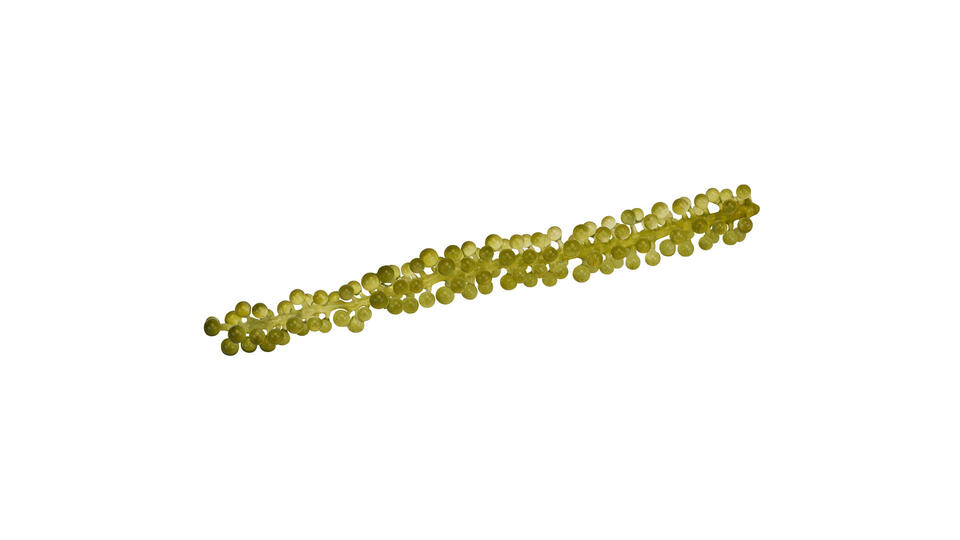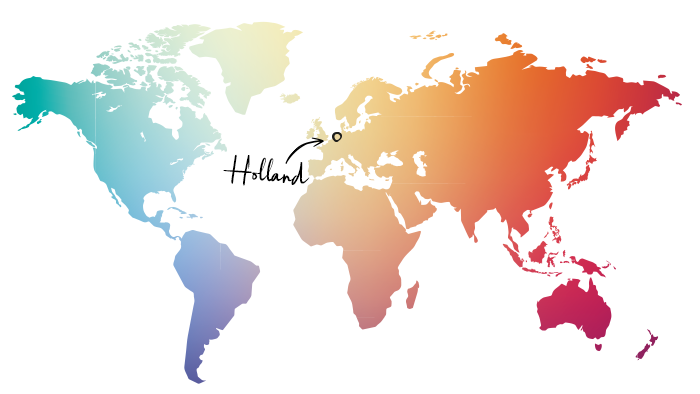
— LEAVES, BLOSSOMS, SPROUTS & CRESSES
Moai Caviar
Moai Caviar is known as ‘Umibudo’, the Japanese word for ‘Sea Grapes’ or ‘Green Caviar’. An edible seaweed with little bubbles on its stems, which remind of a small green cluster of grapes or fish roe. The bubbles break easily on the tongue, releasing a slightly salty taste of southern sea freshness. When used raw it is a visually attractive ingredient with a gel-like, aqueous mouth-feeling.
Availability Moai Caviar
Origin
The origin of the word ‘Moai’ is derived from a group of elders in Okinawa, Japan, one of the original Blue Zones. Koppert Cress has always been inspired by the Blue Zones. These live-long friends live an extraordinarily better and longer life than almost anyone else in the world.
The origin of the Moai Caviar is traced back to the area of Japan, the Philippines, Thailand and Vietnam. In their natural habitat, the plants grow very fast and are an important source of healthy nutrition for the locals. The sea grapes are being used in a traditional way as salty vegetables, contain some valuable nutrients and all parts of the plants are edible.


How to store
Moai Caviar is year-round available, grown and transported in saltwater and can easily be stored for up to seven days at room-temperature of 17-25°C. Avoid direct sunlight. Produced in a socially responsible culture, Moai Caviar meets the hygienic kitchen standards. The product is ready to use, as it is grown clean and hygienically.
How to eat
Moai Caviar beauty makes it perfect for topping on canapes, in combination with cocktails or as a functional item in several fish, crustacean, shellfish, tempura, sushi, soups, salads or rice dishes. Also in combination with desserts it can be very special.
Rinse lightly, remove access moisture and eat it raw like sashimi. Exposing Moai Caviar quickly to ice water, will enhance the texture and improve the taste. Be careful not to apply dressing from above, because the sea grapes will wither as a result.
